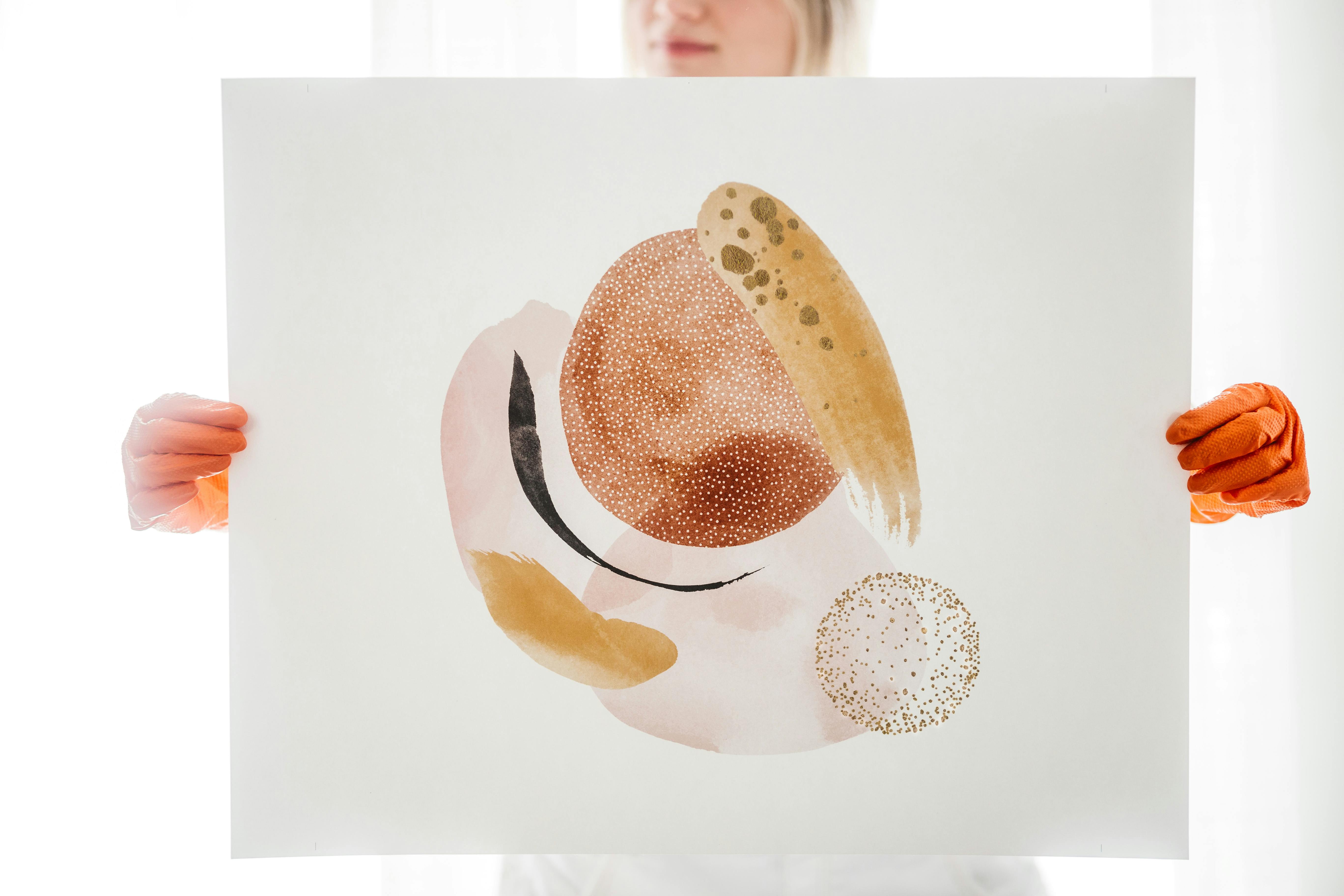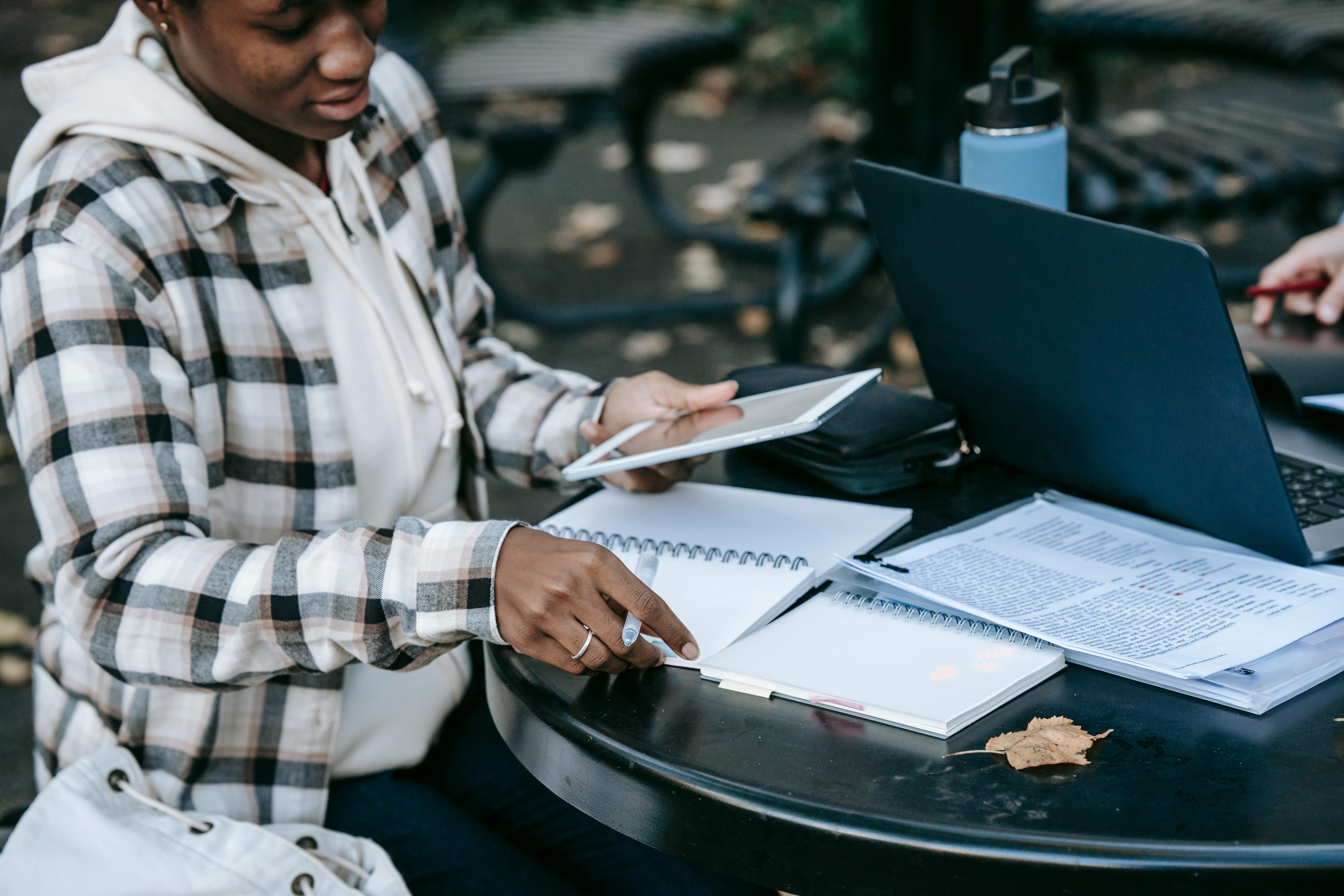How do you maximize opportunities when exhibiting at trade shows, exhibitions, and industry events?
There is usually a huge cost in reserving your space, setting up your booth, and having people present throughout the event, so you want to take advantage of every opportunity.
I was recently asked by the Australian Institute of Chartered Accountants to host an exhibitor session on the night of their careers in Perth, Western Australia. At this event, 33 exhibitors representing the four large and medium-sized accounting firms, mining companies, banks and even the Tax Department will compete for the attention of more than 500 senior accounting students from four tertiary institutions.
Below are the 12 tips I shared with exhibitors plus one additional tip. I have adapted them slightly to suit a wider audience of exhibitors. Additional Tip 13 will help you prepare a checklist for the appearance of your people and your booth.
1. Be clear about the different profiles of the people who will attend
Of these, who do you want to attract? And who would be unsuitable for your needs? Solve your grading questions ahead of time.
You don’t want your people to get bogged down in long discussions with inappropriate visitors and the very people you want to attract to leave because they couldn’t talk to you.
On the other hand, be careful to treat attendees like they are ‘tire kickers’. Some visitors who may not be the right profile for your organization can become great word of mouth ambassadors. They meet friends and associates at the event and say, “You really must go and see XYZ. They are out of our league, but what they offer would be right for you and they are very friendly and helpful.”
2. Think like an assistant
At a Careers Expo, attendees are likely to socialize with their recent graduates. Not so long ago they walked in the shoes of the assistants. To further assist in this process, there are two questions you need to consider:
1) What did you do when you attended events like this?
2) What else would you have liked to have done and why?
Now discuss what each of you has identified from these two questions; And from there, find out what you need to do to help attendees get real value from this event.
3. Your purpose in exhibiting
Your purpose in exhibiting is to be noticed, remembered, trusted, and preferred. By being noticed, I mean the good side of noticed. If you’re still busy getting things ready when the first attendees come in, that’s the downside of what you noticed!
You are on display and you must be prepared and ready for the first people to enter.
4. What makes you accessible?
Smiling with an open posture: This relaxes you and your demeanor and body language convey the right message to attendees.
A legible nameplate – This tells them that you are a real person rather than a company representative.
It will be seen that you are listening to others, when you listen to others, notice. Your body language tells attendees, “You are important.” Attendees want to talk to someone who makes them feel this way.
Being seen laughing with other attendees – This relaxes people, making it easier for them to get closer to you.
5. What keeps attendees away?
Is that your attitude that shows? – Sometimes team members are forced to help out at professional events and other trade shows. If you’re thinking, “This is a waste of time. I have more important things to do than be here,” attendees will find out. Your thoughts and beliefs drive your body language and tone of voice. People subconsciously realize this.
The sentry stance: arms folded and feet spread like a gorilla in a nightclub. It is the ‘You shall not pass’ posture.
Looks like you’re ready to pounce – Attendees don’t like to feel like a bird of prey is pouncing on them.
The way you hold your brochures or brochures, without even being aware of it, can be a barrier that makes you less accessible. Leave your brochures and gifts. They can create a barrier between you and the attendees, especially if you hold them in front of your chest.
Checking Your Phone – It can be a moment of silence at your booth while talking, texting, or on the go on your phone. However, the message it sends out is “I’m busy, don’t interrupt me.” Even from a distance, people will notice and avoid it. Get off your stand or go to a curtained area to make calls and check your phone.
Closed in conversation with other staff members, this also gives off the ‘don’t interrupt me’ vibe.
Seen locked into a conversation with a person, this gives the “Oh, oh” warning. Other assistants will avoid you so they don’t receive similar treatment.
6. Opening sentences
Avoid rookie opening lines like ‘How are you? I can help? Need help? Do you want a brochure?
They encourage responses like “Good”, “Good” and “No thanks, just look”, which gets you nowhere and attendees just walk away with your brochure.
Of course, some attendees may have specific questions for you and will start the conversation, which is great.
Good opening questions for you might include:
“What has been useful to you so far?”
“What are you looking to attend today?”
“What brings you here?”
“What would you find useful to know about us / our product?”
7. How the attendees assimilate the information
There are three main ways that people obtain information:
Visual
Auditory
Kinesthetic
Attendees are being bombarded by sensory input every second they are at your event. Although the different types of assistants will have more predisposition towards one than towards the others, all three factors are involved in the absorption of information; And research shows that up to 95% of the impressions that are created may be happening at a subconscious level.
You need to be aware of this and do your best to be seen in the most favorable light.
Just as an example of visual stimuli, let’s consider personal presentation. You need to look smart and casual, perhaps with matching uniforms or shirts, and be well groomed. In my experience, most exhibitors do quite well … from the ankles up. Below the ankles it is often forgotten. Yet you are sending a message even with students at a career expo. What message does the condition of your footwear give you about precision, professionalism and attention to detail in your company?
8. Your purpose in answering a question
When you answer an attendee’s question, you have three goals to accomplish:
1) Respond concisely and accurately
2) Express your answer in a way that is easy for the attendee to understand.
3) Make the person feel good about asking the question.
It is this third goal that most people rarely think about.
However, it is essential that attendees feel comfortable with you. Many attendees worry about asking “dumb” questions, and as a result, they won’t open up and share their questions and concerns with you. When you make them feel good, they become more confident and more likely to share the real issues that matter to them. For example, you can say, “I’m glad you asked,” “That’s a good question,” “That’s interesting, I wasn’t asked that today.”
9. Identify the common point of interest
The initial conversation is about establishing common ground. Ask open-ended questions that are likely to identify a connection, and then share an idea that is relevant to them. For example, at a Careers Expo this is likely to read: “Until I started working here, I never realized that …”
Match your ‘common point of interest’ (CPI) to the individual. It is not a standard point. You may have three or four alternative ideas that you can select from. These are things that give you an idea of what it’s like to work for an organization like yours.
10. Your “What’s next?” strategy
Once the right candidates have been identified, be clear about what you want them to do and what you will do. Have a couple of clearly crafted and agreed action statements to guide them to the next step.
For example, “Based on what you said, I should get your details and …” or “Have you already signed up for our …? This is what you should do.”
11. Interact with multiple assistants when one-on-one is not possible
Most of us are more confident directing our comments and attention to one person. In an event such as a racing show, this is not always possible. Here are some tips:
Don’t just focus on one group member
Use inclusive body language
Forward a comment or question to others after acknowledging the first person, for example, “Good question, is that something that would be of interest to others here?”
Ask (then address) a group-specific rating question and gauge the reaction of the different attendees. Direct your follow-up comments to those who are with you. That way, some can leave and other interested attendees can take their place.
12. Disengage from the people who corner you
Use active listening techniques to get to the point. After confirming understanding, continue with, “You better not overpower your time here, I’m sure you have others to check. By all means come back if you have any more questions.”
Have a recognized ransom code with your colleagues. Even if everyone else is involved with other attendees, you can say, “Does anyone have our D3 brochures?” This could be a code for “Help, someone rescue me quick!” A colleague might then say, “Sorry, I don’t think we have the D3 flyers, but I have an assistant here who is asking a question related to your area of expertise. Could you join us for a moment?”
If you need to go ahead with unsuitable candidates, do so tactfully without offending them. Instead of “No, you don’t qualify because your grades are not good enough”, phrase it as “As long as your grades are …” And instead of a forceful statement of your criteria such as “To be considerate you should … “express it” Our current selection criteria are … “The implication is that at some point in the future there may be opportunities for this assistant. As we all know, some people are late and we don’t want to belittle them when it is not necessary.
The tips above were written for a short professional evening. Many of the events in which he exhibits will be much longer, from field days at regional exhibitions to two- or three-day exhibits. Here is an important tip for these longer events.
13. Bonus tip: prepare a checklist for the appearance of your people and your booth.
Wear stylish and comfortable shoes every day. If you have the wrong footwear, your feet and back will soon hurt and you will spend more time sitting. This makes it seem less welcoming and approachable, unless you are sitting with an assistant.
The stand must be as presentable at 35, 65 and 95% of the event as at the beginning. Your most valuable customer can arrive at any time and they will judge you based on what they see.
Check your display and promotional materials regularly and make sure they look “perfect”.
Dirty coffee cups should be kept out of sight. It’s amazing how they take away the professionalism of your booth.
Don’t eat at your stall.
These are just a few of the points to include on your checklist. Go over this before each event and seek input from all the team members who will be in attendance. Your reputation is at stake, which makes this an invaluable exercise.



